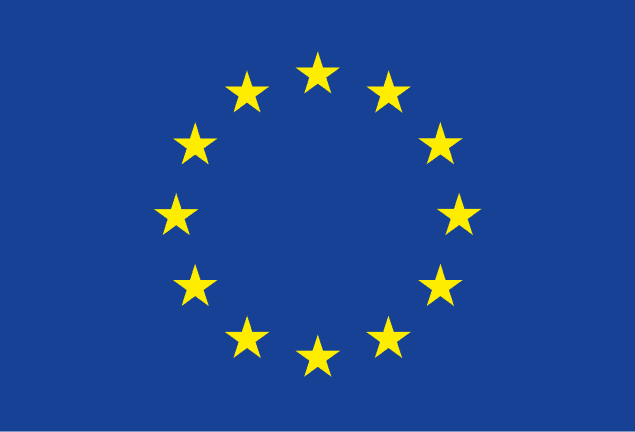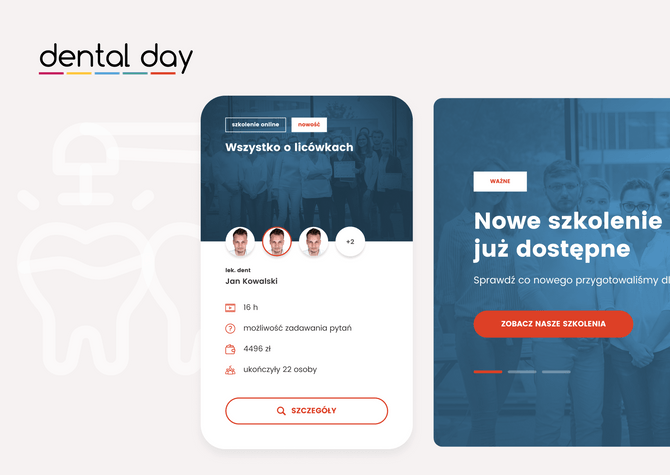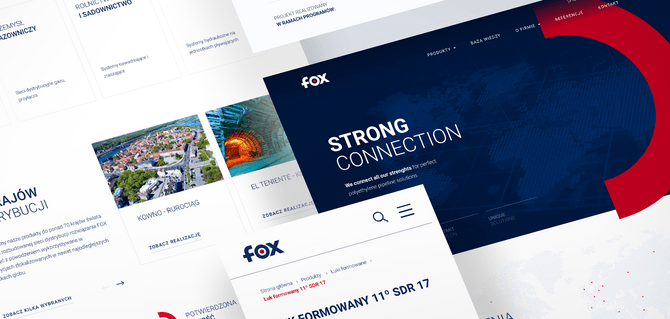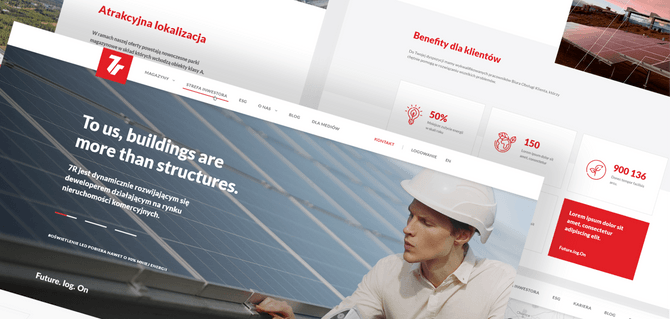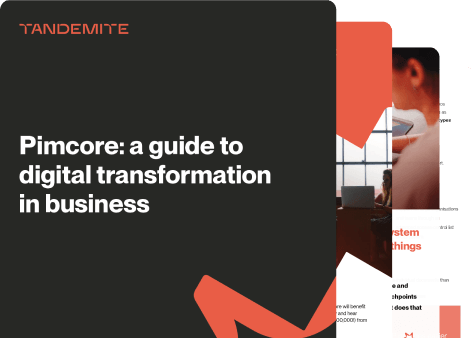Worth knowing
How does a CMS work?
A few words about content management for businesses.
Editing a website without a content management system is like sending an email from a phone booth. You can technically do it, but what’s the point? You should opt out of a CMS only if you like wading through complicated code, editing your website by hand and waiting days on end before the changes are implemented, while your competition runs laps around you over and over.
In today’s business world, there’s no room for time-wasting. Your customers expect a constant flow of personalised content and immediate responses to changes. In order to deliver, you need a CMS that is integrated with the systems you already use in your company – or a cutting-edge e-commerce platform that, in addition to a sales system, will provide you with the tools for content management.
What is it like to use a CMS in practice? It’s a walk in the park! You (or your team) can update your website content by introducing the necessary changes through a preview window and accepting them. The new content appears immediately (or at a designated time) and is readily viewable by users across all channels.
In a few bullet points
The CMS options include:
Open source CMS – a system with an open-source code, which is continuously updated by the community and provided under a free licence.
SaaS CMS – software provided as a subscription service, with limited possibilities to modify the code.
Autorskie CMS – a solution designed for a specific business or project, which requires significant funds.
Tradycyjne (monolityczne, coupled) CMS – a system in which the back-end and the front-end are coupled permanently, which is useful for simple websites without other channels.
Headless CMS – software that uses an API to manage the content across all channels and devices, avoiding the front-end completely.
Decoupled CMS – the back-end and the front-end are separate from each other and are handled by independent systems, while content can be provided through templates or API interfaces.
THIS CAN'T GET BETTER
Tandemite x CMS
You’ll find no false modesty here – alongside e-commerce platforms, CMSs are something we’ve cut our teeth on. Over the last 19 years, we’ve successfully implemented them in many companies, in diverse fields and in scales ranging from small, local businesses to international corporations.
The last few years have been a period of intense work with headless CMSs. We’re proud to see them helping our customers to develop, by providing them the very best of what modern technology has to offer.
The most important CMSs we implement for our customers are Storyblok, Strapi, and Contentful. We also use the Pimcore platform to develop extensive CMSs.
Tandemite in numbers
A team you can rely on
17 years
of Tandemite
25
experts
100 million+
views across the websites we’ve created
WHAT IS THE CONCLUSION?
CMS in practice
How CMSs have forever changed the game
CMSs have had a major impact on online businesses and the Internet as a whole. The management of any and all types of content has never been easier, or more available to nearly everyone.
CMSs, especially headless ones, allow companies to reach their customers directly with images, text and video content. Why is this so important? As many as 82% of the respondents surveyed by Contentful believe that a positive digital experience directly translates into improved revenue* (Survey of CMS users, Contentful).
The report makes it clear why CMSs have garnered so much attention. Estimates show that between 2015 and 2022, the number of websites using a CMS increased by as much as 75%* (Facts on the CMS Market, Zippia)
73 million
active websites use a CMS
80
available content management platforms
34 %
of all websites use a CMS
If you’d like to learn even more
Associated technologies
A CMS is a go-to solution for any business in which content is key. See what else we can offer you.






















